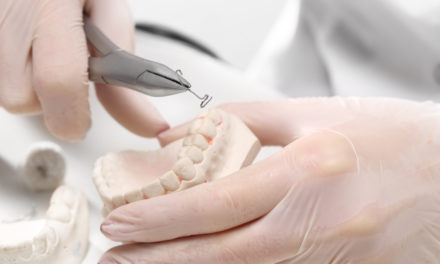Skin tags are narrow, short stalks that stick out above the skin surface. This common skin ailment affects more than 3 million people per year within the United States. The National Institute of Health conducted research that revealed approximately 46% of the population in the United States has skin tags. This painless and harmless skin ailment has people rushing to the doctor in fear a serious growth is forming on their skin. The following information will help you learn more about skin tags.
Who gets skin tags?
Anyone ranging from infancy to the elderly can develop a skin tag. Almost everyone will develop a skin tag at some point in their life. Skin tags often start out small and gradually grow larger. Some patients have reported small skin tags while others are quite large. Some skin tags range from 1cm to 5cm and resemble a flattened, small pinhead. The elderly is more prone to developing skin tags than others. According to the National Institute of Health around 59% of people will develop skin tags by the time they are 70 years old.
Symptoms
Skin tag growths often appear on the upper chest, shoulders, neck, eyelids and underarms. The location of the skin tag can be bothersome if you are not able to hide it under clothing. Some people might also experience darkening of the skin surrounding the skin tag or discoloration of the skin tag.
Causes
Skin tags are known to be caused by skin rubbing against skin. They often appear in folds and creases of the skin. The development of skin tags is created due to blood vessels and collagen trapped inside thicker bits of skin.
Risk Factors for Developing Skin Tags
- Pregnancy due to hormonal changes
- Diabetes
- Obesity
- Changes in levels of progesterone and estrogen
- Human Papilloma Virus (HPV 6 and 11)
- High Blood Pressure
- High Cholesterol Levels
Skin tags are harmless and benign growths that can be removed by a professional. Some skin tags are small and can fall off by themselves. However, larger skin tags can be removed using electrolysis, cryosurgery, ligation or excision. Remember blood vessels are involved so treatment and removal need to be done by a professional.
If you have skin tags that are bothering you, becoming irritated or in a visible place you can choose to have it removed. Take action today by making an appointment with a dermatologist.
Georgette Rodriguez-Vazquez, M.D., M.P.H., F.A.A.D.
 Dr. Georgette Rodriguez-Vazquez is a board certified dermatologist who provides her patients with only the most advanced and up to date dermatologic care available. She received her undergraduate degree from Duke University. She then received her medical degree from the University of Florida. After completing her internship in Surgery at the University of Florida/Shands Hospital, Dr. Rodriguez-Vazquez completed her dermatology training at the University of Miami where she currently is voluntary Assistant professor in the Department of Dermatology and Cutaneous Surgery. Dr. Rodriguez-Vazquez has published numerous chapters and papers in well-respected textbooks and peer reviewed journals. She is a diplomate of the American Board of Dermatology and the American Society for Mohs Surgery. She specializes in complete dermatology services including medical, cosmetic, and pediatric dermatology. She is fluent in Spanish. For furher information please contact Dr. G at 305.667.5480
Dr. Georgette Rodriguez-Vazquez is a board certified dermatologist who provides her patients with only the most advanced and up to date dermatologic care available. She received her undergraduate degree from Duke University. She then received her medical degree from the University of Florida. After completing her internship in Surgery at the University of Florida/Shands Hospital, Dr. Rodriguez-Vazquez completed her dermatology training at the University of Miami where she currently is voluntary Assistant professor in the Department of Dermatology and Cutaneous Surgery. Dr. Rodriguez-Vazquez has published numerous chapters and papers in well-respected textbooks and peer reviewed journals. She is a diplomate of the American Board of Dermatology and the American Society for Mohs Surgery. She specializes in complete dermatology services including medical, cosmetic, and pediatric dermatology. She is fluent in Spanish. For furher information please contact Dr. G at 305.667.5480




